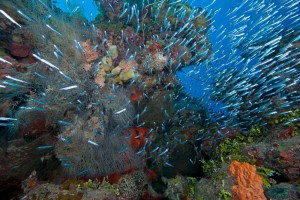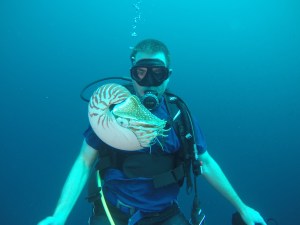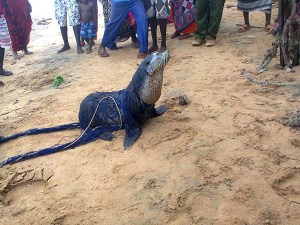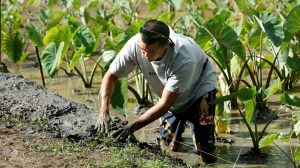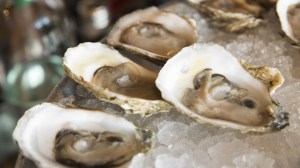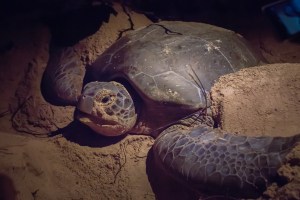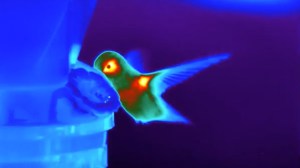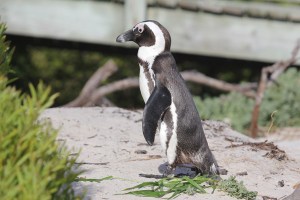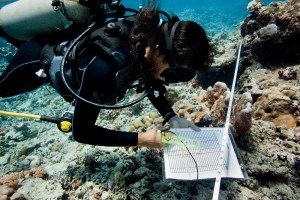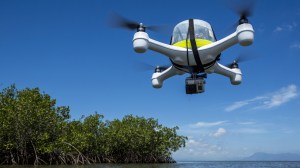Discover stories in Oceans
Wiring Up the Caribbean: Designing Marine Protected Areas for Coral Reef Connectivity
New research shows how conservationists can better incorporate coral reef connectivity into marine protected areas.
Searching for the Rare “Crusty Nautilus” in the Bismarck Sea
Richard Hamilton embarks on a mission to find a rare nautilus species off the coast of Papua New Guinea.
This Fur Seal is 4,000 Miles From Home. Here’s Why.
A Subantarctic fur seal sets a new distance record. How did this critter get so far from home?
Can Traditional Agriculture Restore the Reef?
Ninety percent of the land was covered with invasive weeds. But that degraded land could hold the key to restoring the reef on the island of Oʻahu. Just add agriculture.
Got Gonads?
Everyone knows her as the gonad girl. And she owns it. Social media meets traditional knowledge in an effort to improve Hawaiian fisheries management.
Recent Study Pinpoints Where Ocean Acidification Will Hit Hardest
New research reveals regions and communities most vulnerable to ocean acidification’s affect on shellfisheries.
Sea Turtle Tasks: A Night in the Life of a Researcher
Seeing a sea turtle lumber onto a beach and lay its eggs is a spectacular experience and, for researchers, a lot of work. Follow them through a typical night on the beach.
Sea Turtles of St. Croix: Research Benefits Nesting Beaches
Nesting sea turtles have staged a dramatic comeback at a Nature Conservancy site on St. Croix. What's behind the success? Our blogger heads afield for a firsthand look at turtle research and monitoring.
Infrared Technology for Wildlife Conservation
Infrared enables us to see minor variations in temperature, even from a distance or at night. See how this technology is revolutionizing conservation science.
The Penguins of Boulders Beach
Forty years ago, Boulder Beach in South Africa had no penguins. Today, tourists flock there to see thousands of these charismatic birds. A conservation success? Not quite. The real story is a bit more complicated.
From Theory to Practice: Managing Coral Reefs for Resilience
Scientists and reef managers agree: the key to successful reef management is resilience. But how do you manage for resilient corals? It was hard to know. Until now.
Innovation: Drone Mapping of Coral Reefs and the Coastal Zone
Join the Conservancy's Steve Schill and an enterprising student in northern Haiti as they use an amphibious drone to monitor marine habitats -- above and below water.
